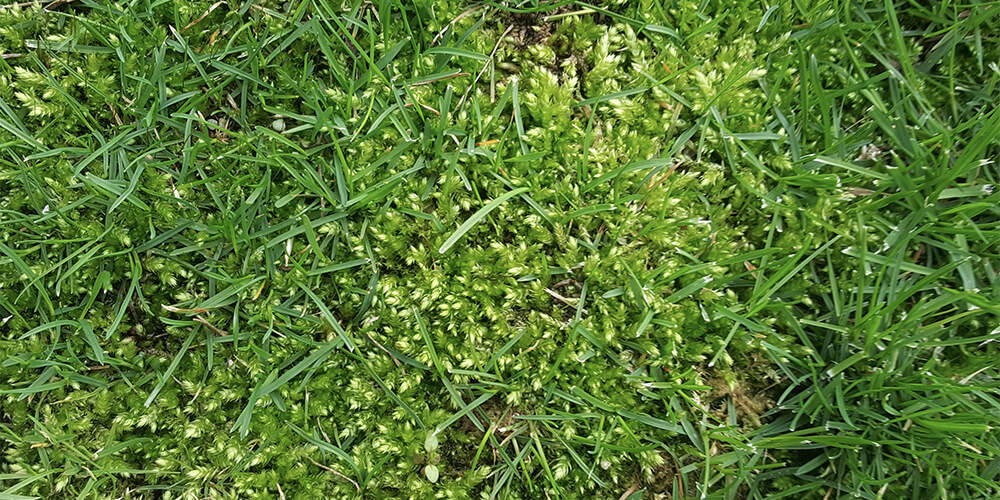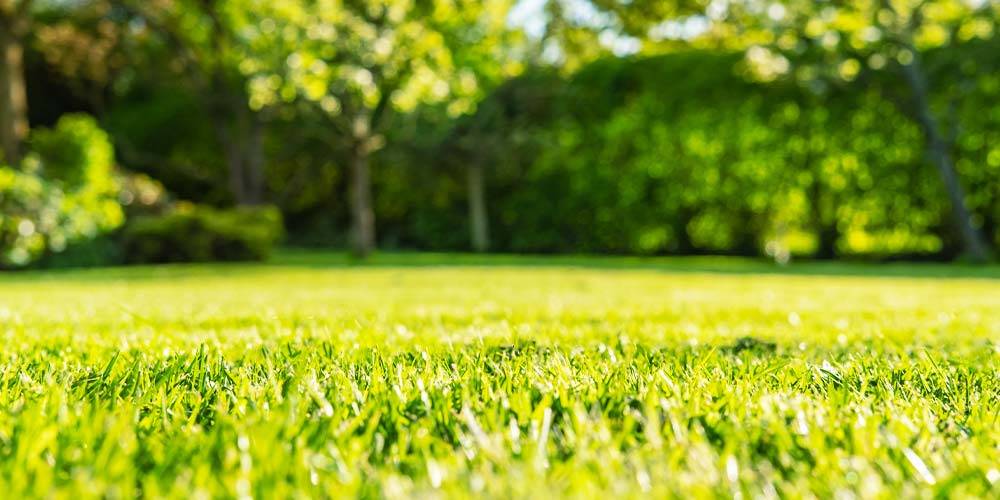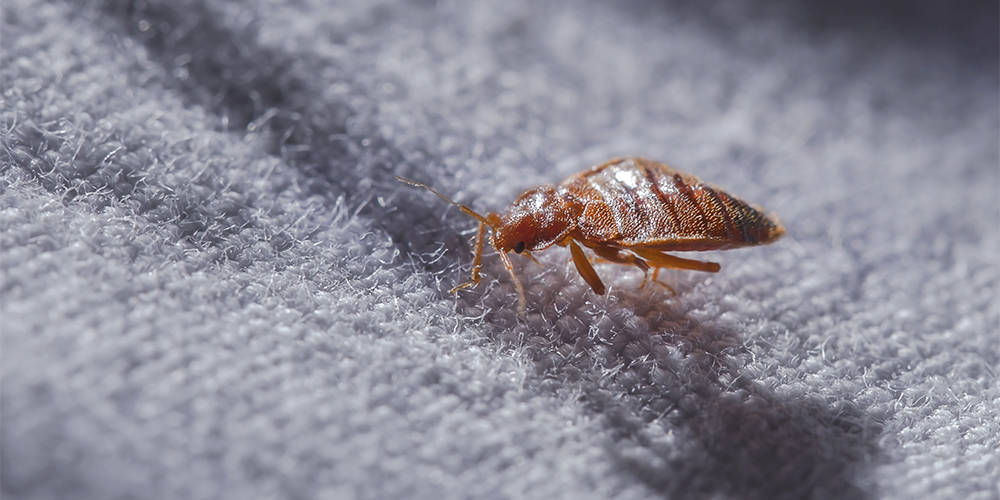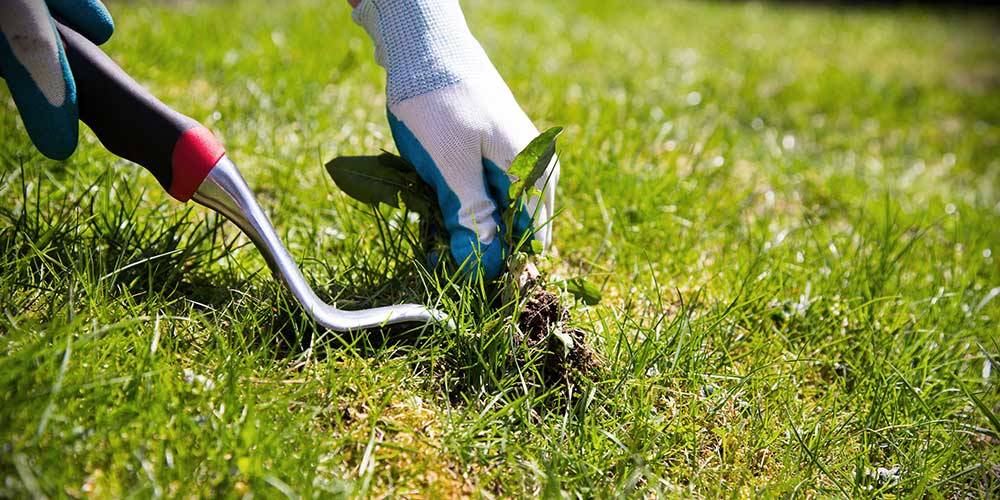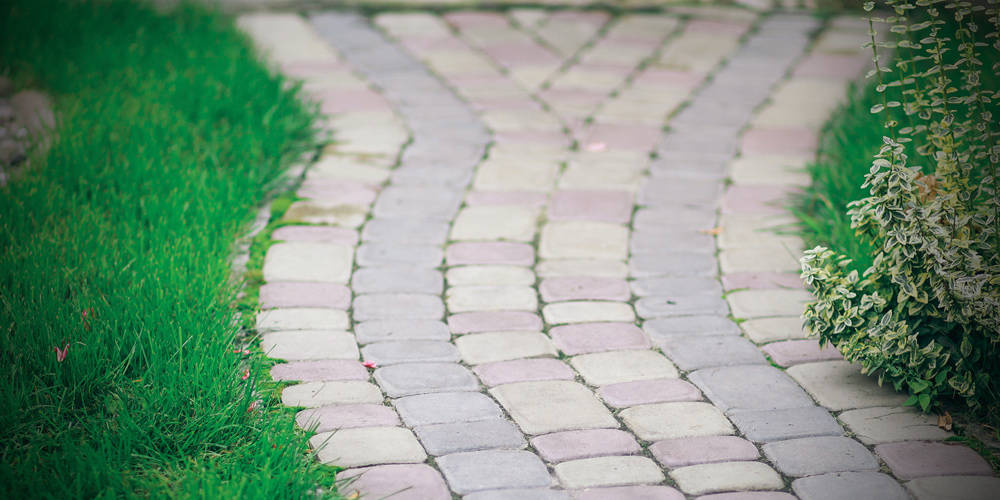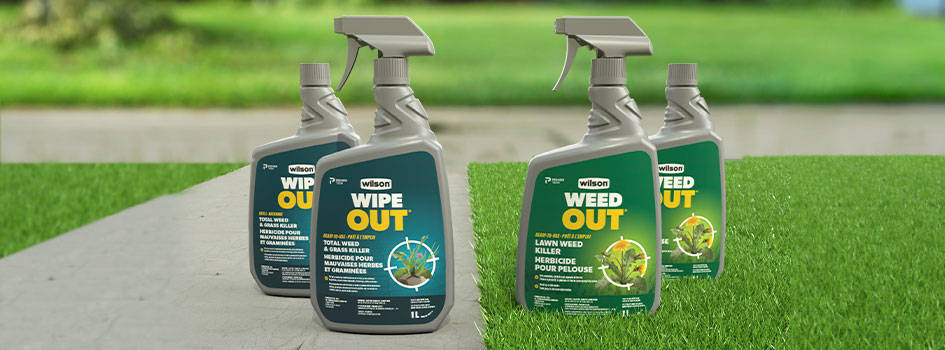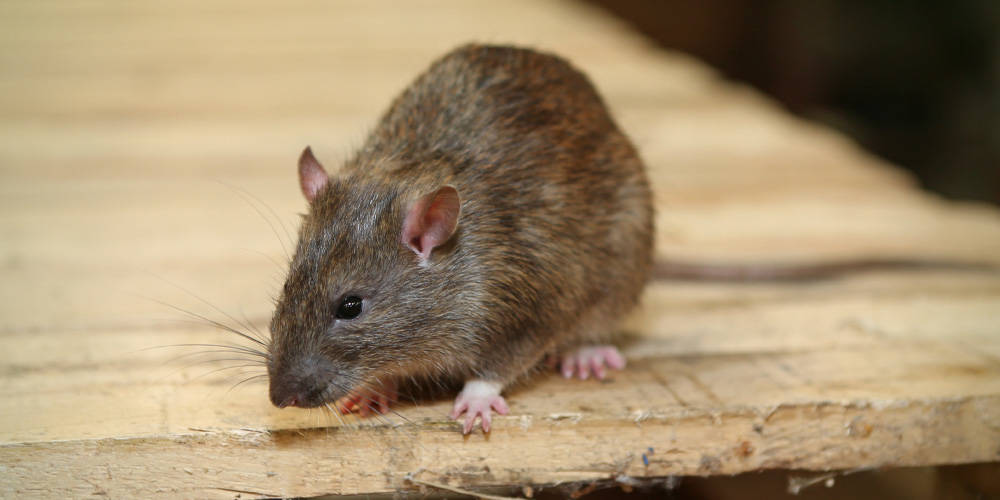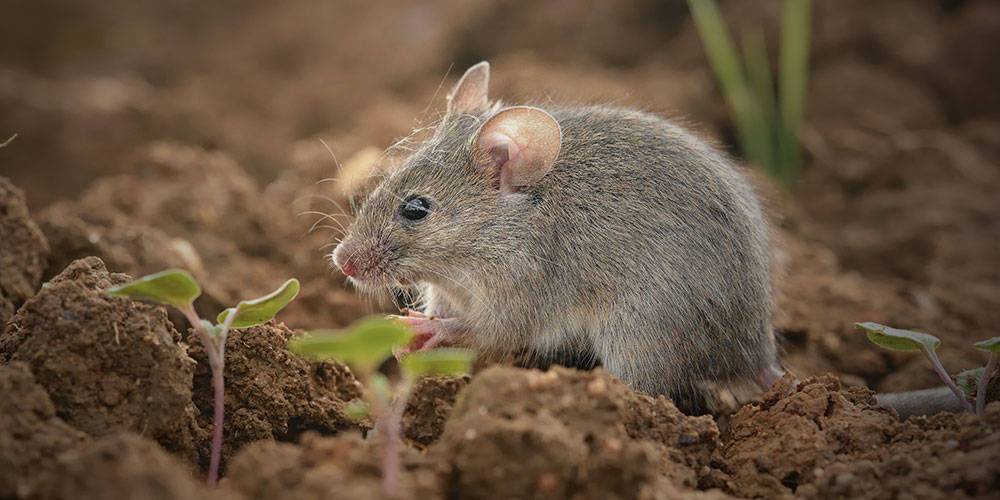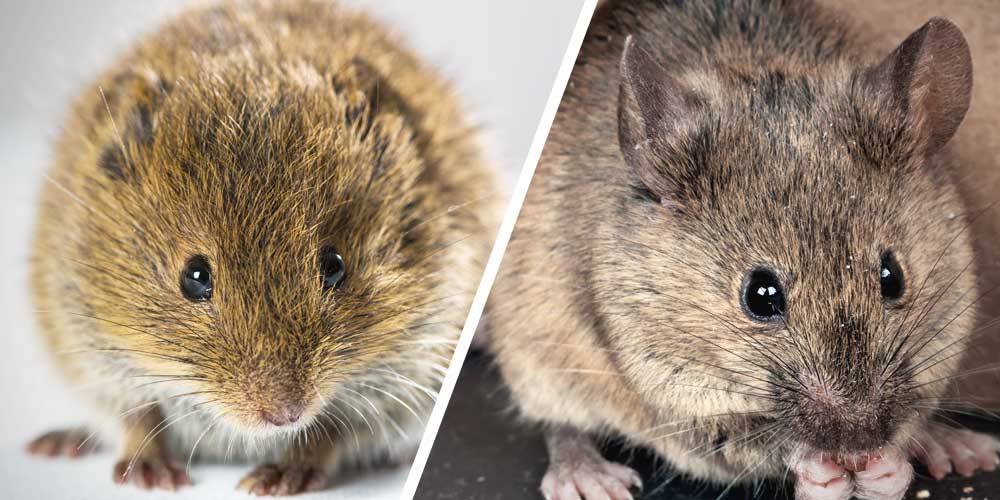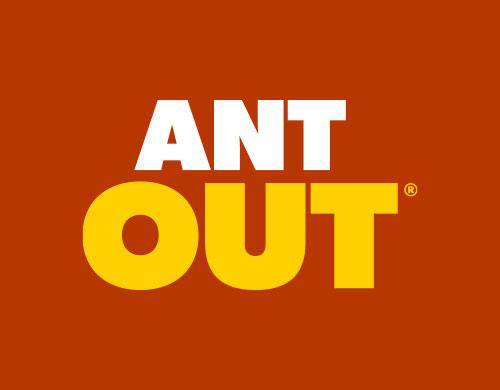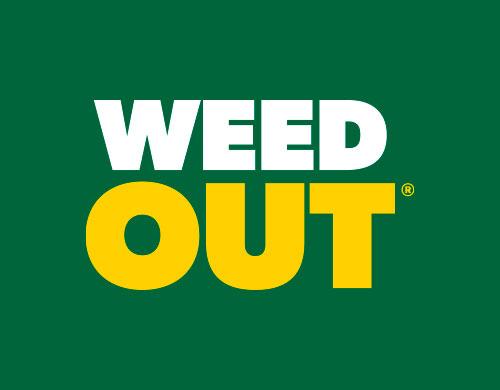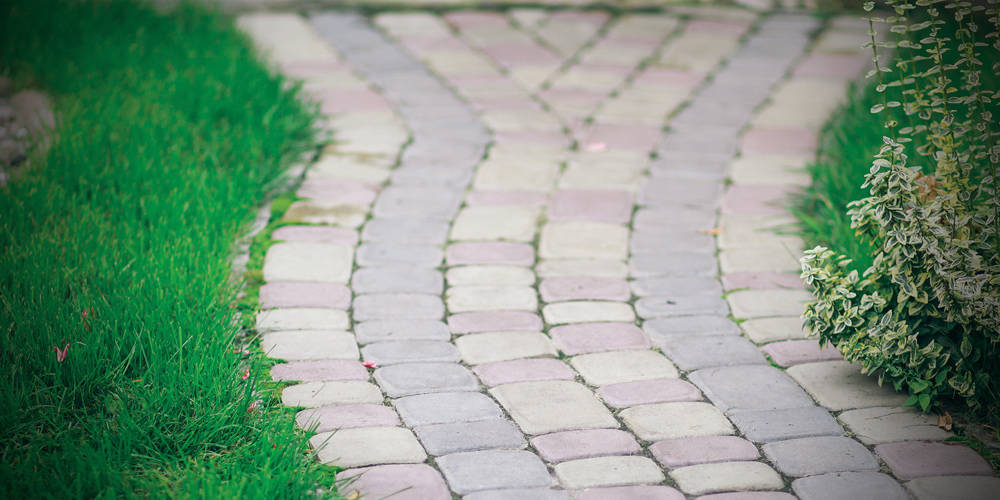Mosses are opportunistic plants that will develop and grow in bare soil or where grasses are weak and thin. They appear in spots with heavy shade and/or excessive moisture, in areas with acidic soils, or in places with shallow, rocky or poor fertility topsoil. In these conditions, it is difficult for grass to prosper, and mosses can invade and establish themselves. Moss will not crowd out healthy turf grass, but once moss is established, grasses will not spread into those areas.
There are about 50 different species of mosses which are commonly found in lawns. Unlike seed-bearing plants, mosses produce tiny spores that are blown from one area to another by the wind. These spores germinate to form thread-like structures on the bare soil.
Should I get out the rake?
Although it may look as though you are reducing the moss by raking, you are often only spreading and reseeding the moss spores and fragments. It would be best for you to solve the conditions that encouraged your moss to grow:
- moisture and shade, or
- acidic soil, or
- poor soil fertility
Moisture and shade

Moist soil conditions, caused by poor drainage, low air circulation and excessive shade, definitely support the growth of moss.
Try to alter the soil surface to encourage moisture to drain away. Maybe consider digging a shallow channel that will divert water away from the moist area, or bury a drainage tile that will pick up excess moisture and carry it away. As an alternative, you could try raising the soil level by adding new topsoil to help move water away from that area. Sometimes, aeration may help improve compacted soils.
If heavy shade is the limiting factor for good grass growth, prune some tree branches to allow sunlight to filter in. Open it up to allow light and air for your struggling lawn. Reseeding the area with grasses that are more adapted to shade may help, however even shade-tolerant grasses will not survive too long under extremely heavy shade or in soils that are saturated for long periods.
Finally, if pruning and draining are not feasible, consider a more permanent solution by building up the soil and replacing the grass with pachysandra, periwinkle or other shade-loving ground covers.
Acidic soil
The ideal soil pH for most lawns is neutral, about 6.5 to 7. A pH below 6 is considered acidic and over 7 is alkaline. Acid soil may encourage moss growth in bare areas. Limestone is the common remedy used to neutralize acid soils. If you live in Eastern Canada or the West Coast, you will find that soil tests may show really low pH levels of 4 or 5. In these cases, applying limestone twice each growing season will significantly improve the pH level.
Poor soil fertility

Moss can grow in sunny areas too. If your soil is in a dry and sunny area, then the appearance of moss there is probably caused by poor soil fertility. Studies have indicated that fertilization with a high nitrogen fertilizer will have a significant effect on moss reduction and will support the growth of healthy grass. Monthly applications of iron, in combination with nitrogen, were also helpful.
Moss control products

Specific moss control fertilizers are available that contain nitrogen and iron, such as Wilson Moss OUT 5-0-0, which will kill the moss in your lawn. These are most effective when applied several times a season. Follow the directions on the label.
Although these products will control your moss, the conditions that caused the moss to proliferate may still need to be addressed. Remember that a healthy, thick lawn captures carbon, releases oxygen and provides a nice, cushiony surface for kids and pets to play on.
